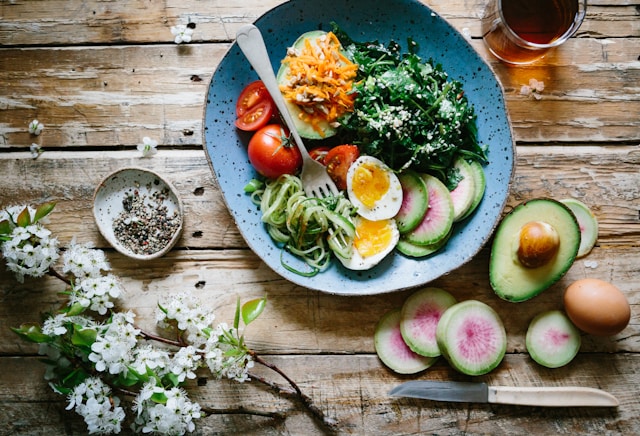- Organoleptic evaluation is a very important point when checking the quality of food. The products themselves must have a decent appearance. Of course, each food product has its own natural beauty. Mainly, avoid dents, cracks, and other defects caused by improper storage and transportation.
- When tasting food, you need to be clear about the difference between benign and substandard food, because lately, for many people, the taste of non-natural food (e.g. soy for meat products) has become the norm and the pattern. If you are not an experienced taster of any product, you should at least buy a proven benign product once and remember well its proper, natural taste as well as aftertaste.
- Be careful with perishable products (meat, fish, dairy products, etc.), look carefully at the expiration date, as well as the correctness of their storage. But by no means ignore such products and do not exclude them from your diet.
- It’s important to remember that you should only check the expiration date on the manufacturer’s label, not the glued label in the store.
- Give preference to locally produced foods. Products imported from afar can’t be very fresh, and if they appear to be, it’s probably due to additional food additives.
- Remember, the most useful products are those that are already, in their original form, fit to eat, designed by nature. For example, soybeans need processing to convert them into food.
- Make a food supply if you can. This will help you save money as well as not be vulnerable in case of food shortages.
- If you strongly want to buy something “for the mood”, then choose some delicious fruit, do not buy low-quality sweets. It is useful to buy a good natural chocolate sometimes. But do not forget about the measure.
How to check the quality of food in the store
How to buy food in the supermarket
In the store you can not always check the product by organoleptic indicators, but the manufacturer must provide all the necessary information on the packaging material.
- Always check the contents of food carefully. Beware of foods that contain a large list of food additives. But do not forget that many unscrupulous manufacturers hide the true composition, so sometimes it is necessary to carry out additional quality control on your own. This is especially true when you buy the goods of a certain manufacturer for the first time.
- A long shelf life often indicates the presence of large amounts of preservatives.
- Trust less in pretty labels and more in your eyesight, sense of smell and touch.
- Avoid shopping in the “center” aisles, where there may be low-quality products they want to sell as quickly as possible. At the very least, be careful.
- A product that is visible on the counter may have a short remaining shelf life or may be spoiled altogether. Always check the expiration date and quality of the product on the spot.
- Fancy names like “cottage cheese,” “sour cream,” etc. probably mean that the product is not natural and contains a substitute. Be vigilant.
- Be careful with food products, on the package of which there will be a popular phrase: “No food additives,” “Top quality,” “Vitamins,” and so on. First of all, it may not be true. And secondly, in this way the manufacturer can cover up other shortcomings. After all, very often there are products with no preservatives, but with a lack of nutrients, and vice versa. Do not be caught on a fishing rod of sly manufacturers.
- Choosing food, always consider the price, which is a proxy for quality. Ideally: the more expensive the food, the better it is. But that is if you do not pay attention to such factors that affect the cost of the product, such as transportation, the popularity of the brand or simply the unscrupulousness of the producer and the seller.
- Pay attention to the condition of the packaging material: it should be intact and undamaged. Remember that packaging is designed not only to attract the attention of buyers, but also to preserve the contents. Never follow the rule: ugly packaging means bad goods. A quality product can also be in plain, discreet packaging.



